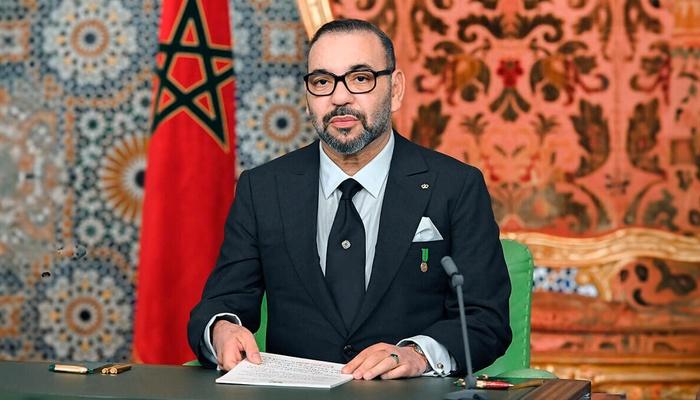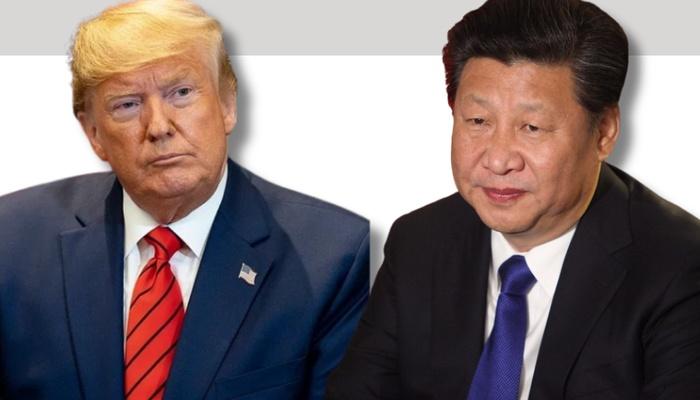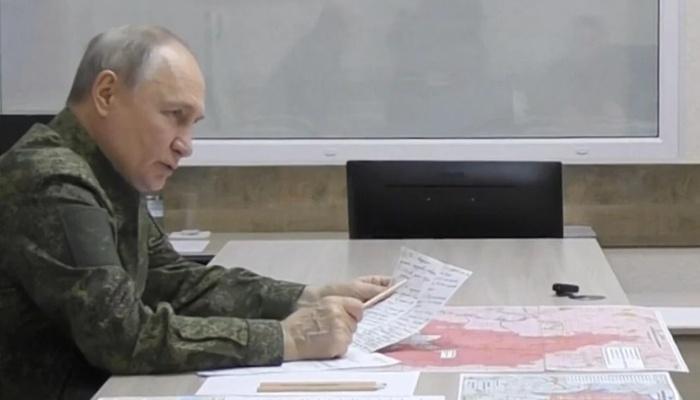Post-zero-Covid Chinese economic recovery prospects
For the second month in a row, China’s economic activity recorded strong expansion levels, a sign that the world’s largest manufacturing country is slowly freeing itself from the impact of pandemic containment measures and, more specifically, the zero-Covid policies advocated by the Chinese Communist Party (CCP).
In February, the Purchasing Managers’ Index (PMI) - a composite indicator providing a clear picture of conditions in the manufacturing and services industry - recorded its fastest growth in ten years. As stated by the National Bureau of Statistics of China, and included in the PMI, export orders, services and construction activity report a choral expansion for the first time in about two years. Specifically, following the documentation released by the National Bureau of Statistics, the PMI reached an upwardly revised value of 52.6 in February, up from 50.1 in January. The reported figure far exceeded economists’ expectations, who had predicted a final result of 50.5. This is the highest figure recorded since April 2012 - for clarity, a PMI value above 50 indicates economic expansion, a lower one signals contraction. The numerical trend is confirmed by Caxin, a Chinese media group, which offers further analysis in that it captures data not so much for the large state-monopoly sectors, but for the smaller production entities in the private domain. The index, in this case, stood at 51.6 points, up from 49.2 in January, marking the first improvement in seven months, with the second highest reading recorded since the May 2021 survey.
Ultimately, after the gradual easing of Covid policies, industrial data returned to positive territory. In support of this, supply and demand for the manufacturing industry expanded, also giving a boost to employment levels, an index that for the first time in almost a year exceeded 50, moving from a phase of contraction towards a cautious recovery. Also helping the economic performance was the relative stability of prices in February. Thanks to only modest inflationary pressure, input and output prices rose only marginally. The slight increase was dictated by the price of metals, while the rise in production costs resulted, following the dictates of supply and demand matching, from the increase in market demand.
Although the final picture is one of a positive recovery in China’s manufacturing and services sector, economists show some caution in their assessments. Indeed, February’s data could be subject to some bias as it reflects factors such as the upturn in labour activity following the Chinese Lunar New Year and the government’s relaxation on Covid policies, after the hard slog in December and January.
Despite the economic considerations, from a political point of view, the message these data convey is more than positive for Chinese leaders, especially in view of the annual Communist Party Congress opening on Sunday 5 March. Creating a focus around economic growth data can, in fact, shift attention away from the much contested Covid restrictive policies. Also very important are the growth targets, always to be expected at the Congress. This passage also marks a test for He Lifeng, the top economic figure in China who was promoted to the Politburo in October. According to some sources, it is indeed a priority for him to draw up a plan that will lead to annual economic growth of over 5%.
In general, the positive data reported in China should offset the global economic conditions of slowdown and difficulties in advanced economies, particularly in the United States, where the Inflation Reduction Act seeks to reduce inflationary pressures and defuse a period of recession. As stated by the International Monetary Fund, the estimate for China’s contribution to global growth is currently one-third and the overall pace of growth is expected to be around 5.2%.





